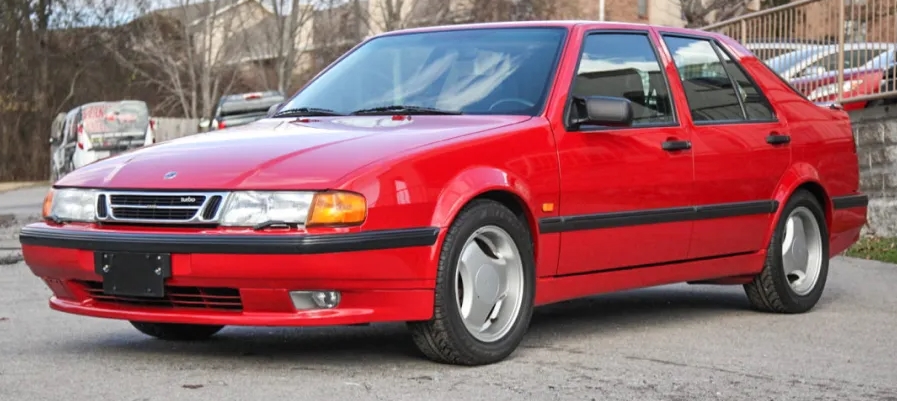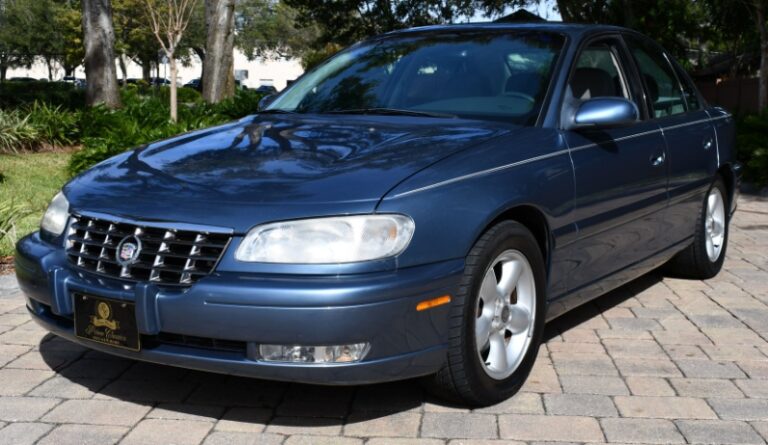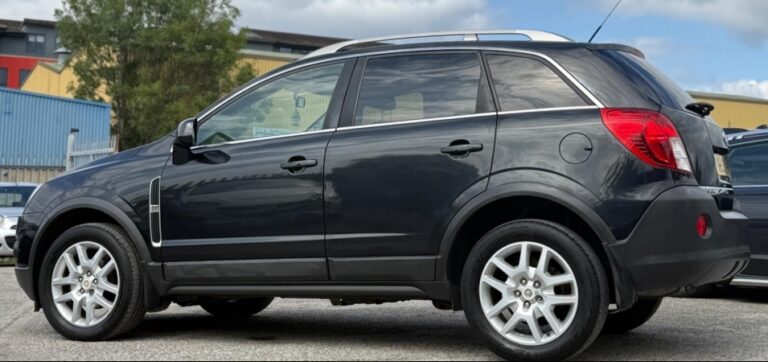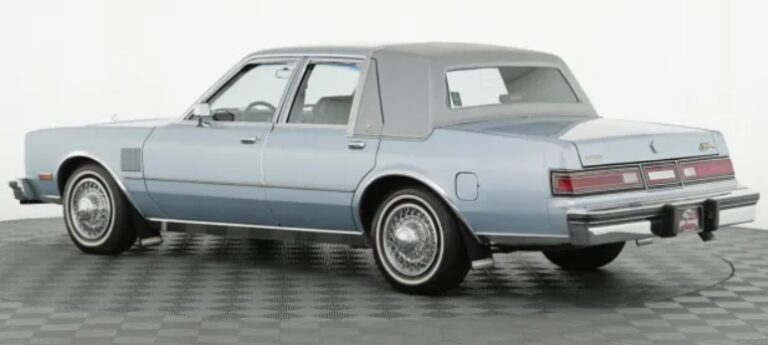The Evolution of the Saab 9000
The Saab 9000 stands as a significant chapter in the history of Swedish automotive engineering, embodying innovation, safety, and distinctive Scandinavian design. Produced by Saab Automobile from 1984 to 1998, the 9000 was Saab’s flagship model and a key player in the European executive car segment. Its development, various models, and trims reflect both technological advancements and changing market demands over its 14-year production span.
Origins and Development (1984–1989)
Introduction and Early Models
The Saab 9000’s story begins in the early 1980s, a period of intense competition among European automakers striving to combine luxury, performance, and safety. The 9000 was developed as a joint venture between Saab and Fiat, sharing its platform with the Fiat Croma. This collaboration was part of a broader strategy to expand Saab’s lineup and to compete more effectively in the larger executive car segment.
The first generation Saab 9000 was introduced in 1984 at the Geneva Motor Show. It was available initially as a five-door hatchback, with a focus on aerodynamics, safety features, and innovative design. The 9000 was built at Saab’s Trollhättan plant in Sweden, showcasing the company’s commitment to quality and Scandinavian design ethos.
Initial Models and Trims
At launch, the Saab 9000 was offered with a range of engine options:
- 2.0-liter four-cylinder gasoline engines producing approximately 125 horsepower.
- 2.3-liter turbocharged four-cylinder engines delivering around 160 horsepower, which became a hallmark of the 9000 lineup.
- Diesel variants were introduced later, broadening the appeal to fleet buyers and those seeking fuel economy.
Trim levels initially included the base model and the more equipped S trim, which added features such as power windows, better interior materials, and additional safety features.
The 9000 in the 1990s: Growth and Refinement
Mid-Cycle Updates (1991–1994)
In 1991, Saab introduced a significant facelift, often referred to as the “Phase II” update, which included visual and mechanical enhancements:
- Redesigned front grille and headlights.
- Improved aerodynamics and body panels.
- Upgraded interior with better materials and ergonomic improvements.
- Introduction of more advanced safety features, including optional anti-lock braking system (ABS) and airbags.
During this period, the 9000’s engine lineup was expanded and refined:
- The 2.0 Turbo now produced around 160 horsepower.
- The 2.3 Turbo was available with increased output, reaching approximately 185 horsepower.
- The 2.0-liter non-turbo remained as an entry-level option.
Model Variants and Trim Levels
Throughout its production, the Saab 9000 was offered in various trim levels tailored to different markets and customer preferences:
- CD: The base model, offering essential features with a focus on comfort.
- CDE: An upgraded version with additional equipment.
- CDX: The top-tier trim, featuring luxury amenities such as leather upholstery, premium audio systems, alloy wheels, and advanced safety features.
The CSE designation was also used in some markets to denote a sporty or more equipped version.
Special Editions and Performance Models
In the early 1990s, Saab introduced special editions to boost appeal:
- 9000 Aero: Launched in 1993, this model was the pinnacle of the 9000 range, featuring a 2.3-liter turbocharged engine producing approximately 225 horsepower. It came with sportier suspension, aerodynamic enhancements, and unique trim details, positioning it as a high-performance flagship.
The Final Generation (1994–1998): Maturity and Expansion
Facelift and Technological Advancements
The second and final major facelift for the Saab 9000 occurred in 1994. This included:
- A more modern front fascia with revised headlights and grille.
- New taillights and rear bumper design.
- Updated interior with improved ergonomics and technology.
- Introduction of the Saab Trionic engine management system, enhancing performance and fuel efficiency.
- Availability of all-wheel drive (AWD) in certain models, catering to markets with challenging weather conditions.
Engine and Transmission Options
By this time, the 9000’s engine lineup included:
- 2.3-liter turbocharged four-cylinder engines producing 185–225 horsepower, depending on the variant.
- 2.0-liter turbocharged engines with around 150 horsepower.
- Diesel engines such as the 1.9-liter turbocharged four-cylinder (introduced in some markets), providing economy-focused options.
Transmission choices included five-speed manual and four-speed automatic transmissions, with a five-speed automatic also available in later models.
Range of Models and Trims
The 1994–1998 period saw a broadening of the 9000 lineup:
- Base models (S, L, or GL): Focused on comfort and basic features.
- CSE and CDE: Mid-range trims with added luxury and technology.
- Aero: The high-performance model with 225 horsepower, sport suspension, and aerodynamic enhancements.
- Convertible versions: The 9000 was also available as a limited production convertible, introduced in the mid-1990s, emphasizing style and leisure.
Special and Limited Editions
Throughout its later years, Saab released several special editions:
- 9000 Carlsson: A limited edition with upgraded suspension, unique styling cues, and higher power output.
- 9000 Anniversary Editions: Marking milestones with exclusive badges, interior trims, and features.
We LOVE cars & cruising around, but sometimes day trips to explore new cities are required (with family or friends) for a spice of variety in your life!
So GO explore!
Cruises & Day/Night City Tours to: Baltimore, Boston, Chicago, Marina Del Ray, New York, Niagara, Philadelphia, San Diego, San Francisco, Toronto, Washington DC, etc.:

.
End of Production and Legacy (1998)
Saab ceased production of the 9000 in 1998, marking the end of an era for the model. It was replaced by the Saab 9-5 in 1998, which aimed to continue Saab’s tradition of safety, innovation, and Scandinavian design.
Total Production and Market Impact
Over its 14-year lifespan, approximately 138,000 units of the Saab 9000 were produced across various markets worldwide. Its reputation for safety—featuring reinforced safety cages, side-impact protection, and innovative safety systems—made it a favorite among safety-conscious consumers.
Summary of Key Models and Trims
| Year Range | Models/Trims | Notable Features |
|---|---|---|
| 1984–1989 | Base, S, Turbo, Diesel | Introduced with turbocharged options, basic and luxury trims |
| 1990–1994 | CD, CDE, CDX, CSE, Aero | Facelifted models; Aero introduced in 1993 with 225 hp |
| 1994–1998 | S, CSE, Aero, Limited Editions, Convertible | Major facelift; advanced safety; special editions introduced |
Conclusion
The Saab 9000’s evolution reflects a commitment to safety, innovation, and Scandinavian design principles. From its introduction in the mid-1980s as a joint venture with Fiat to its refinement in the 1990s, the 9000 remained a symbol of Saab’s engineering ethos. Its diverse range of models and trims allowed it to appeal to a broad audience—from those seeking basic transport to enthusiasts desiring high-performance variants like the Aero.
While production ended in 1998, the Saab 9000 remains a celebrated classic, appreciated for its durability, distinctive styling, and pioneering safety features. Its legacy endures as a testament to Saab’s unique approach to automotive design and engineering.







